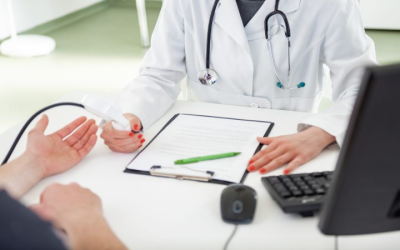Recovering from surgery can be a challenging time for both dogs and their owners. Whether your dog has undergone a routine spay or neuter, dental procedure, or a more complex operation, knowing how to care for your pet at home is crucial for a smooth recovery. Many pet owners search for reliable guidance on “Dog Post Operative Care” to ensure their furry companions heal quickly and comfortably in a familiar environment.
Understanding Your Dog’s Needs After Surgery
After surgery, your dog may feel groggy, disoriented, or anxious. It’s important to create a calm and safe space where your pet can rest undisturbed. Keep your dog in a quiet area away from household commotion, children, or other pets. Soft bedding, dim lighting, and easy access to water can help your dog settle in and start the healing process.
Essential Steps for At-Home Post Operative Care
Proper care at home involves several key steps to promote healing and prevent complications:
1. Monitor the Incision Site
• Check the incision daily for redness, swelling, discharge, or an unusual odor.
• Prevent licking or chewing by using an Elizabethan collar (cone) or a soft recovery suit.
• Contact your veterinarian if you notice bleeding, pus, or the incision opening up.
2. Manage Pain and Medication
• Follow your vet’s instructions regarding pain medications and antibiotics.
• Administer medications on schedule to keep your dog comfortable and reduce the risk of infection.
• Watch for side effects such as vomiting, diarrhea, or lethargy, and report them to your vet promptly.
3. Restrict Activity
• Limit your dog’s movement to prevent strain on the surgical site.
• Use a leash for potty breaks, and avoid running, jumping, or rough play until your vet gives the all-clear.
• Confine your dog to a crate or small room if necessary to prevent accidental injury.
4. Maintain Proper Nutrition and Hydration
• Offer small, easily digestible meals for the first 24 hours after surgery.
• Encourage drinking water to prevent dehydration, but monitor for vomiting or refusal to eat.
• Resume regular feeding gradually as your dog’s appetite returns.
5. Follow-Up Care
• Attend all scheduled follow-up appointments so your vet can assess healing progress.
• Ask questions about any concerns or changes in your dog’s behavior or appearance.
• Keep records of medication schedules and any symptoms to share with your veterinarian.
Tips for a Stress-Free Recovery
• Stay calm and patient—your dog may need extra reassurance and affection during recovery.
• Use positive reinforcement to encourage calm behavior and cooperation with medications or wound care.
• Keep emergency contact information for your veterinarian handy in case of unexpected complications.
Caring for your dog after surgery at home doesn’t have to be overwhelming. By following these practical steps, American pet owners can make the process of recovery safer and more comfortable for their beloved companions. Remember, attentive care, patience, and open communication with your veterinarian are the keys to a successful outcome. With the right approach, your dog will be back to their happy, healthy self in no time.


